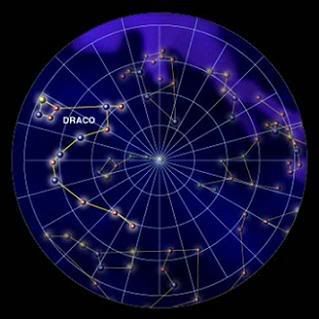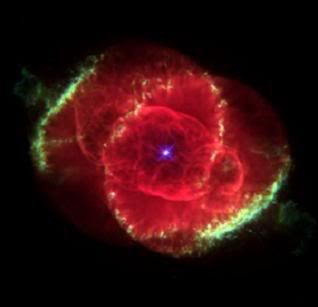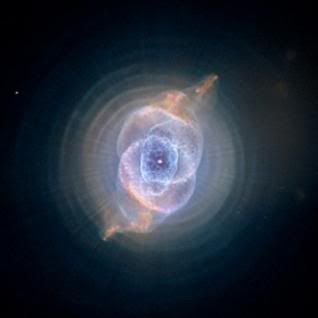Post by glactus on Feb 17, 2008 8:31:28 GMT

Draco is a circumpolar constellation, which means it revolves round the celestial North Pole. It can be seen all year round, but is only present in the Northern Hemisphere, so those living in the Southern Hemisphere will never see this long constellation.
The easiest way to spot Draco is by finding his head. It consists of four stars in a trapezoid, burning brightly just north of Hercules. From there, the tail slithers through the sky, eventually ending between the Big and Little Dippers. The end of the constellation is held by Thuban, which was the pole star over 4,000 years ago during the time of the ancient Egyptians. Due to the effects of precession, it will once again be the pole star around the year 21 000 AD.
Draco stars:
The brightet star is y dra at magnitude 2.3, and the closest star to us in Draco is Struve, at a distance of 11 light years.
Notable objects:
Several galaxies and even one nebula is found within the constellation.

The Cat's eye Nebula
The Cat's Eye Nebula is a favorite among astronomers. Although not very bright, this planetary nebula is one of the best in its class.

Another image of the Cat's eye Nebula
This is an image of the Cat's eye Nebula with ineverted colors, showing the delicate structure of this beautiful Nebula.

NGC 5866
One of the most outstanding features of NGC 5866 is the extended dust disk, which is seen exactly edge-on. This dust disk is highly unusual for a lenticular galaxy. The dust in most lenticular galaxies is generally found only near the nucleus and generally follows the light profile of the galaxies' bulges.This dust disk may contain a ring-like structure, although the shape of this structure is difficult to determine given the edge-on orientation of the galaxy.
Many myths revolve around the dragon of Draco. It is said in Greek myth that a serpent named Ladon guarded the golden apple tree. In one version of the story, Hercules slayed the dragon with poisonous arrows and gathered the fruit. Other victims of Hercules were Leo the lion, and Hydra the serpent.

The Cat's Eye Nebula
credits:
image: draco map
www.windows.ucar.edu/tour/link=/the_universe/Constellations/circumpolar/draco.html&edu=high
image: cat's eye: ESA science
www.esa.int/esaSC/SEM87NXLDMD_sensations_0.html
image: Cat's eye inverted: ESA science
sci.esa.int/science-e/www/object/index.cfm?fobjectid=35737
image:NGC5866 - Hubble
en.wikipedia.org/wiki/Image:Ngc5866_hst_big.jpg


